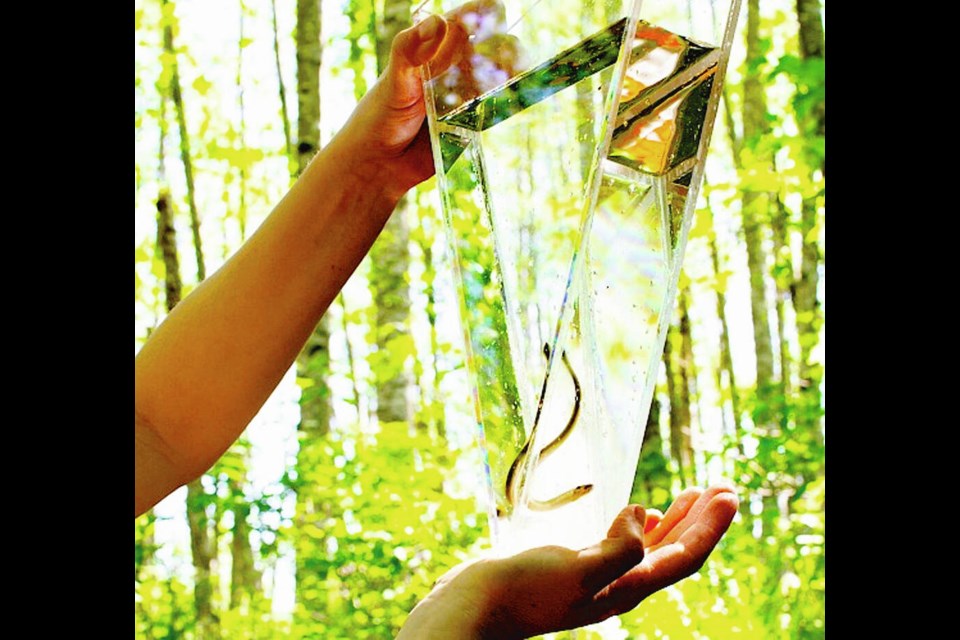A campaign has raised $4.75 million to protect a 275-hectare piece of land north of Cumberland that’s home to a freshwater lamprey unique to that area.
The Morrison Creek lamprey is a rare form of the Western Brook lamprey, a fish resembling an eel, and is listed as endangered by the Committee on the Status of Endangered Wildlife in Canada.
The lamprey was discovered close to 20 years ago by Carly Palmer on a family outing, launching a family effort to save the chunk of land that eventually grew in to a successful multi-donor effort.
The campaign to create the Morrison Headwaters natural sanctuary was spearheaded by the Comox Valley Land Trust and B.C. Parks Foundation, with support from other organizations, including the Pacific Salmon Foundation, the Habitat Conservation Trust Foundation, the Courtenay Fish and Game Protective Association, B.C. Hydro’s Fish and Wildlife Compensation Program and the Sitka Foundation.
Environment and Climate Change Canada initially contributed $1.34 million and the Parks Foundation committed $1.63 million to the effort.
A crowdfunding campaign started last fall raised the final $500,000 to purchase the land from Manulife Investment Management.
In a joint statement, the Parks Foundation and Land Trust said the area is fed by at least a dozen springs, so even in summer droughts, the spring-fed creek always flows with plenty of cold water.
“This is a fantastic, special place and all kinds of people, clubs, schools and businesses made a difference in protecting it,” said Andy Day, Parks Foundation chair.
A group called the Morrison Creek Streamkeepers says the Morrison Creek lamprey may have co-existed with salmon in the Morrison Creek watershed since the end of the last ice age.
Another 13 species at risk live in the area. “The labyrinth of beaver-created wetlands, swamps and riparian areas are home to wildlife of all kinds,” the statement said.
Headwaters are within the traditional territory of the K’omoks First Nation, who called it “qax mot” or “lots of medicine” in reference to the diverse plants used for medicinal purposes.




